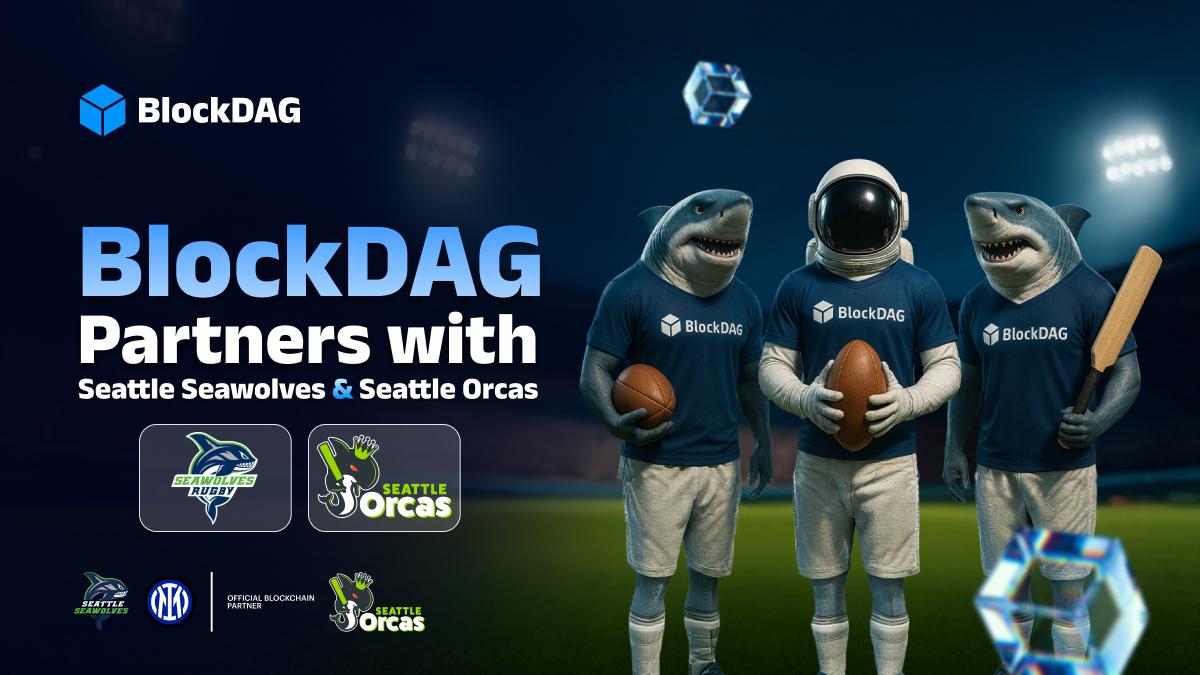Cloudflare Launches Net Dollar Stablecoin to Power AI Transactions
Cloudflare just rewrote a chapter in the crypto playbook. On September 25, the company revealed Cloudflare Net Dollar, a U.S. dollar–backed stablecoin designed to fuel the “agentic web”, where AI agents transact on behalf of users.
Matthew Prince, Cloudflare’s cofounder and CEO, framed it plainly: “The Internet’s next business model will be powered by pay-per-use, fractional payments, and microtransactions… By using our global network, we are going to help modernize the financial rails needed to move money at the speed of the Internet.”
This is not a casual side step into crypto; it’s a pivot to reimagine how value flows in a web increasingly governed by autonomous systems.
Why NET Dollar Matters for the Agentic Web
The internet has long depended on ads, subscriptions, and bank transfers. But these often fail when machines, not humans, do the spending. Cloudflare Net Dollar is built to change that. It aims to support:
-
Instant, global payments
AI agents must operate across currencies, borders, and time zones. NET Dollar promises fast, secure transactions that work everywhere. -
Programmable microtransactions
Agents could buy the cheapest flight ticket the moment it drops, or auto-pay a supplier upon delivery. NET Dollar is engineered for that kind of trigger-based flow. -
Creator-friendly economics
The stablecoin opens new models: creators earning small, precise payments, developers monetizing APIs, and AI firms compensating content sources directly. -
Standards and interoperability
Cloudflare is backing open architectures like the Agent Payments Protocol and x402, so agents and services can transact beyond silos.
Market and Competitive Context
The stablecoin world isn’t virgin territory. Giants like Tether (USDT) and Circle (USDC) dominate, with a combined value in the hundreds of billions. Regulatory frameworks are tightening—2025 saw the passing of stablecoin legislation in the U.S., which demands full backing and transparency.
Still, Cloudflare’s edge lies in infrastructure. It already powers huge swaths of the web with performance, security, and global reach. Embedding Cloudflare Net Dollar into that backbone could heighten adoption. As one blockchain commentator wrote:
Notably, the details remain opaque: exact launch timing, partner banks, and blockchain architecture are all “coming soon.”
Signals to Watch: Crypto Indicators & Risks
To evaluate Cloudflare Net Dollar, here are key metrics and warning signs:
-
Backing and reserves: Stability depends on fully collateralized USD holdings and regular audits.
-
On-chain activity: Volume, velocity, and contract interactions will hint at real use.
-
Adoption by agents & developers: How quickly AI platforms integrate NET Dollar will show momentum.
-
Regulatory compliance: Stablecoin rules vary by jurisdiction; failure to adapt spells trouble.
-
Competition and differentiation: Will AI payments favor open standards over closed ecosystems?
-
Liquidity and market spread: If spreads widen or slippage is high, adoption will suffer.
Related Moves & Industry Reactions
Just days ago, Google teamed with Coinbase and others to unveil an open AI payments protocol that supports stablecoin flows across platforms. Meanwhile, banking voices warn that stablecoins could siphon trillions from traditional deposits.
Still, crypto analysts see this as an opportunity: if AI agents become the biggest stablecoin users, Cloudflare is staking a claim to that future.
In The Block’s coverage, the U.S. Senate is gearing up for a crypto tax hearing on October 1, spotlighting how Washington is thinking about digital assets.
Conclusion
Cloudflare Net Dollar is more than a crypto flurry; it’s a strategic bet on a new financial plumbing for an AI-powered internet. It bridges infrastructure and value, aiming to let machines spend as fluidly as humans. The vision is bold. Execution must be flawless.
If Cloudflare nails the launch, backs it with transparency, and wins developer trust, NET Dollar could anchor the next wave of agentic commerce.
But if the tendrils of regulation, adoption lag, or technical missteps choke momentum, it risks being another promising token that never quite finds traction.
FAQs about Cloudflare Net Dollar
Q1: What is the difference between Cloudflare Net Dollar and USDC/USDT?
NET Dollar is purpose-built for AI agents and embedded into web infrastructure, while USDC/USDT are generalist stablecoins used across many DeFi and payment systems.
Q2: Will every NET Dollar be backed 1:1 with U.S. dollars?
Yes, Cloudflare says the stablecoin will be fully backed by U.S. dollar reserves, aligned with regulatory expectations.
Q3: Which blockchain will NET Dollar use?
Cloudflare hasn’t disclosed the chain yet. That decision may impact speed, costs, and interoperability.
Q4: What is the agentic web?
The “agentic web” refers to a future internet where autonomous AI agents perform tasks—booking, shopping, scheduling—on humans’ behalf, demanding payments and decision logic without human intervention.
Glossary of Key Terms
Stablecoin: A crypto token pegged to a stable asset (often the U.S. dollar) to minimize volatility.
Agentic Web: The next generation internet where AI agents carry out transactions and tasks autonomously.
Microtransaction: A very small financial transaction, often fractions of a dollar, enabled by high-speed rails.
Programmable Payment: A payment tied to code or triggers, allowing actions (e.g. “pay when X occurs”) to execute automatically.
x402/Agent Payments Protocol: Open standards for embedding payments into web and AI flows, enabling standardized machine-to-machine transactions.
Velocity: How quickly money circulates (turnover) — a key measure of transaction activity.
Read More: Cloudflare Launches Net Dollar Stablecoin to Power AI Transactions">Cloudflare Launches Net Dollar Stablecoin to Power AI Transactions
You May Also Like

Crypto Market Outlook: Key Catalysts Emerging as Year-End Approaches

BlockDAG Leaves Litecoin & Cardano Behind With $410M+ Raised and 2 Major Seattle Sports Deals: Is It the Top Crypto to Buy Now?
